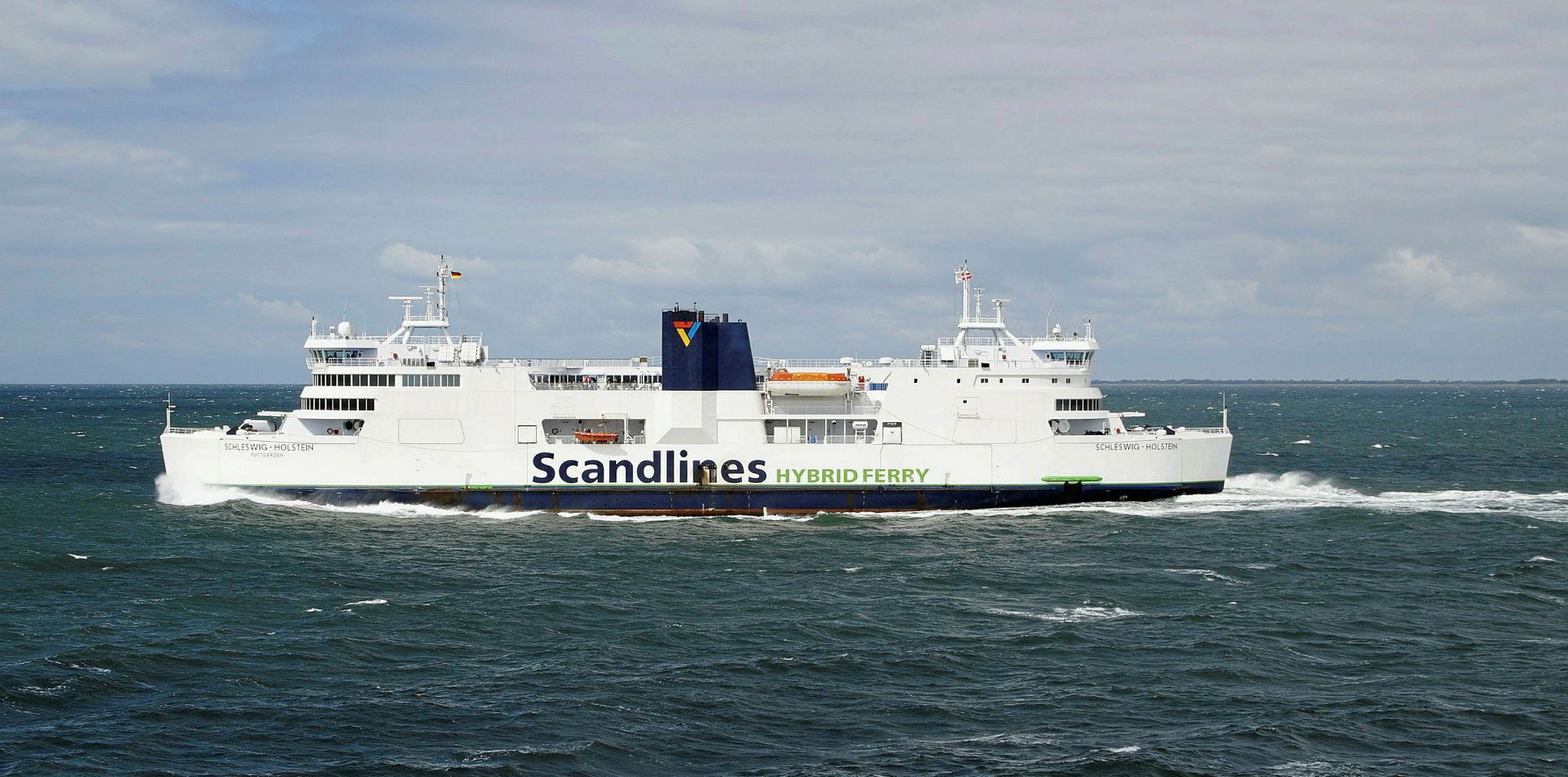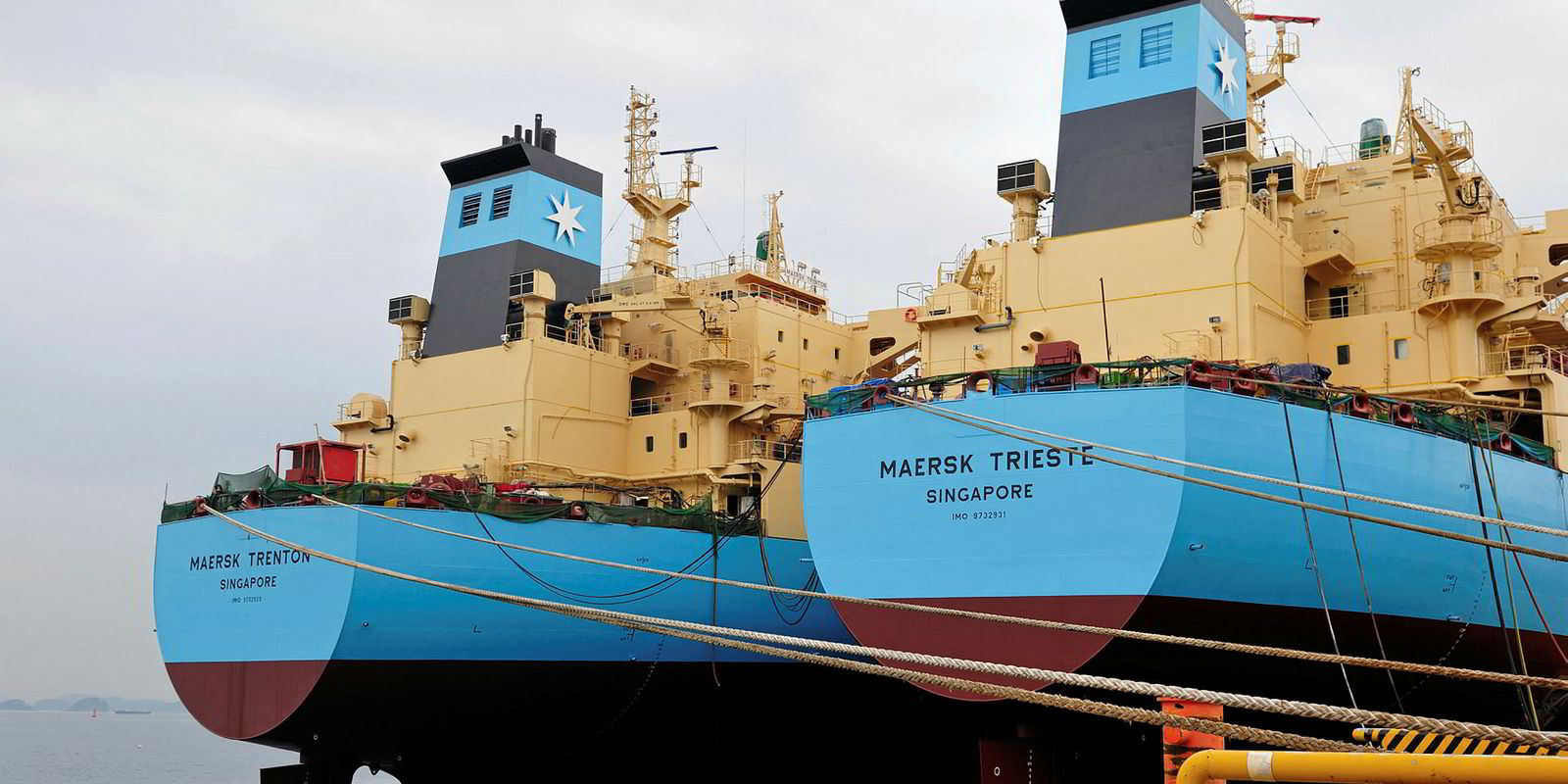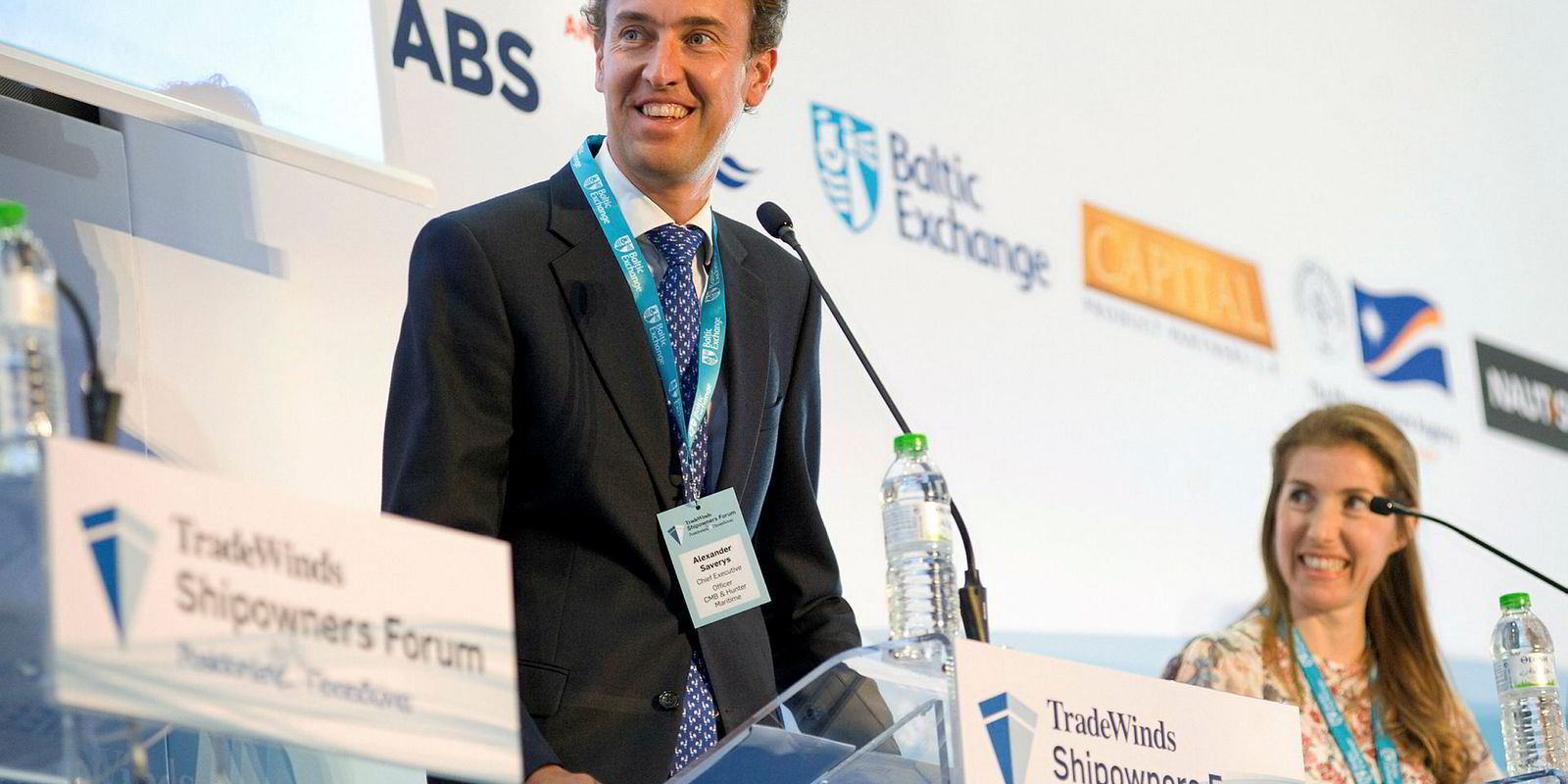Visualise the world in 2029 and you are looking back 10 years to when it seemed that a low-carbon future in shipping was hard to envisage, never mind achieve.
As our future selves move closer to the IMO's 2030 carbon target, we can see that a decade ago the basic technologies were less absent than the willpower.
To be fair, there was also the issue of cost. Decarbonisation did look very expensive at a time when cash was still short.
It is not really surprising that the industry found the IMO's goal of halving greenhouse-gas emissions by 2050 alarming as well as revolutionary.
After all, ships had been using oil since the beginning of the 20th century and another fossil fuel, coal, for 100 years before that.
Big Tech dwarfs Big Oil
Big Oil had in financial terms been dwarfed by Big Tech by 2018, but petroleum providers were still huge players in global stock markets.
Many global leaders — for example Rex Tillerson, US secretary of state for a while under Donald Trump, and David Lidington, the then UK deputy prime minister — came out of Big Oil, in their cases ExxonMobil and BP, respectively.
It was difficult for people, steeped in the money and experiences that oil and gas brought, to accept an era was coming to end.

Fortunately, negotiators at the 2015 United Nations Climate Change talks in Paris thought differently and set new low carbon goals via an accord.
The IMO dutifully followed through with its own agenda — goals much criticised at the time as absurdly optimistic.
But after a short period of panic — and not a little bit of moaning — the shipping industry discovered its innovation and entrepreneurial flair
But after a short period of panic — and not a little bit of moaning — the shipping industry discovered its innovation and entrepreneurial flair.
It accepted the big challenge and set to work. By 2019, you could see even the conference organisers latching on to the importance of the task.
Birth of the 'Blue Economy'
Trade show Nor-Shipping went for a whole theme in one of its main halls of the “Blue Economy” that year. Not surprisingly, the Norwegian conference organisers have repeated it on an annual basis, since then, due to its success.
One of the most interesting trends that began to emerge out of this period 10 years ago was a new commitment to collaborative working.
We saw maritime technology suppliers such as Wartsila, Zaitoun Green Shipping, cargo systems maker MacGregor and engine maker Winterthur form a consortium that would reduce shipping's environmental footprint.
It was amazing how quickly classification societies, shipbuilders and others all got to work, spurred on by the IMO's 2020 deadline for the introduction of low-sulphur fuels.
But perhaps the biggest boost was when Kitack Lim, the IMO's secretary general, obtained funds to establish the global green innovation fund and secretariat, which undertook a huge amount of research and development on low-carbon hulls and equipment.
As importantly, it acted as an open access hub for individual companies and consortia to share some of their own work — but keep an element of control over their patents.

Do you remember when shipowners were worried about the availability of cleaner fuels, whether to fit scrubbers and issues like that? A lot of people opted for dual-fuel solutions in the first instance.
Of course the real debate got underway after that, into whether or not LNG was worth using, at least as a lower carbon transition fuel.
It was certainly useful when the Arctic Council of nations concluded that marine diesel of any kind could not be used in polar waters.
The Russians had always been happy with nuclear-powered vessels but that was never taken up widely elsewhere.
Supercharging research
But most others opted for methanol, although it really did supercharge research into hydrogen-powered vessels and fuel cells.
By 2025, many shipping people had concluded that you really needed to go electric for ferries, small cruise and users of environmentally sensitive inshore waters.
Equally, electricity provided via batteries had taken over many of the shipboard functions such as powering bow thrusters and cargo-handling cranes.
Way back in 2018, all of this innovation seemed unlikely and daunting. Now we know it was not easy but possible.
It is hard to keep carbon low when populations and trade demand shipping keeps growing but we are verging on sustainability for our planet and the industry that use the oceans. It looks like a "Blue" and "Green" economy.






